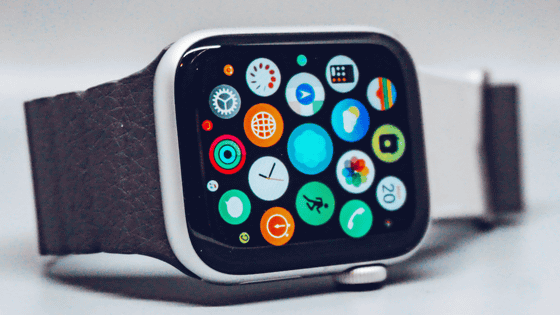A sleep scientist explains how smartwatches' built-in sleep trackers work
In recent years, many smartwatches and fitness trackers offer sleep tracking features, allowing you to get a detailed report of your sleep time and each stage simply by wearing the watch while you sleep. Sleep is actually a brain phenomenon, and Dean J. Miller, a sleep scientist at CQ University in Australia, explains how to measure it on the wrist or finger.
How do sleep trackers work, and are they worth it? A sleep scientist breaks it down
The gold standard for measuring sleep is a method called overnight polysomnography (PSG), which measures brainwaves, eye movements, muscle tone, heart rate, and other parameters using sensors attached to the head and body. This is highly accurate, but is not easily accessible in everyday life.
Wearable sleep trackers for home use use a technology called actigraphy, which uses an accelerometer to measure body movement. This method was originally used in research, but a drawback of using only an accelerometer is that it can misidentify restful wakefulness, such as reading a book, as sleep.
That's where a technology called photoplethysmography (PPG) comes in. It uses a green light on the back of the device to measure blood flow under the skin and estimate heart rate and breathing rate, the same principle as pulse oximeters used in medicine. Fitness wearables already have blood flow sensors built in, and they use them to track sleep.
The accuracy of sleep trackers is evaluated through validation studies in which subjects wear a PSG and a sleep tracker simultaneously in a lab and compare the data every 30 seconds. Validation studies show that state-of-the-art sleep trackers can identify when a person is asleep with over 90% accuracy. However, because restful wakefulness and light sleep are similar, the accuracy of identifying wakefulness varies from 26% to 73%.
The accuracy of identifying the sleep stages of light sleep, deep sleep, and REM sleep is also low, at around 53% to 60%. However, some devices, such as the latest ring-type devices, show high enough accuracy that they are indistinguishable from PSG measurements for some sleep stages. In conclusion, most modern sleep trackers can estimate the total amount of sleep time per night with roughly good accuracy, but detailed analysis of sleep stages is still in development, Miller says.
Miller recommends consulting a doctor if you have sleep problems. Sleep trackers can be a useful tool to help you achieve your goals, but ultimately it's your own actions, such as having regular bedtimes and wake-up times, creating a comfortable sleeping environment, and limiting the amount of light at night, that will improve your sleep. If you use a sleep tracker, choose one whose accuracy has been independently verified, and emphasize the importance of focusing on long-term trends rather than getting too excited or upset about daily data.
In some cases, sleep data can pressure you to get the perfect night's sleep, which can actually cause stress and anxiety. In those cases, Miller argued, it's best to stop using trackers and focus on developing healthy sleep habits and paying attention to how you feel during the day.
Related Posts:






